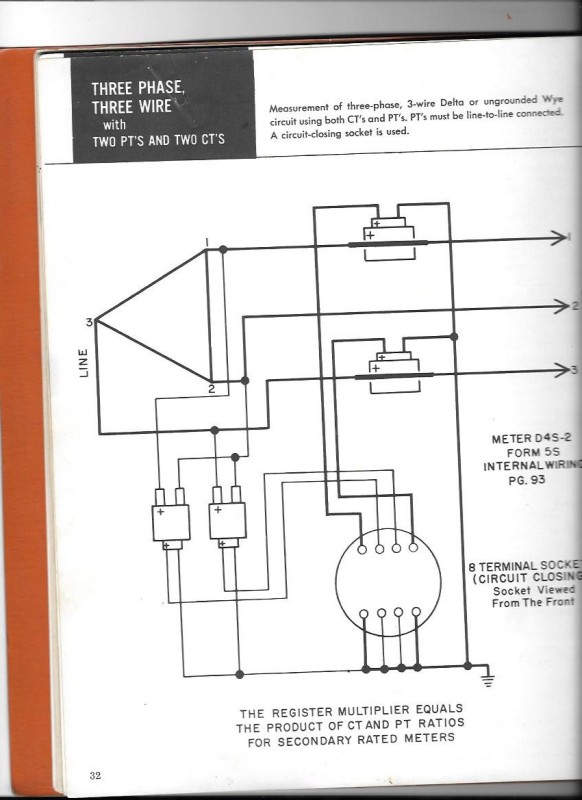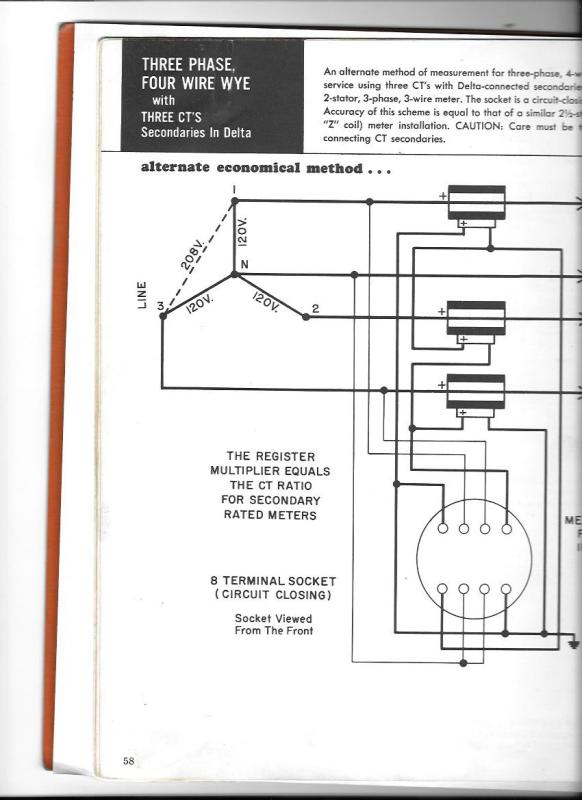Hello All, One of our high voltage combined instrument transformers has failed and has to be replaced. I am trying to figure out a way where the secondaries of the remaining two CIT's could be used to create voltage and current for the missing unit for a balanced 3 phase power system.
Will greatly appreciate the help on this matter.
Will greatly appreciate the help on this matter.



